Optimal Seasons for Septic Field Repairs
Septic field repairs are most effectively performed during periods of stable ground conditions and moderate weather. Typically, the best times are during spring and early fall when soil moisture levels are balanced, reducing the risk of complications. Avoiding extreme cold or heat helps ensure the integrity of the repair process and minimizes disruption to property use.
Spring and fall offer ideal conditions for septic field repairs due to moderate temperatures and manageable soil moisture levels.
Performing repairs during dry, mild weather reduces the risk of delays caused by rain or snow, which can impact soil stability.
Soil that is too wet or frozen can hinder excavation and installation, making timing crucial for successful repairs.
Scheduling repairs during periods of low property use minimizes inconvenience and allows for better access.
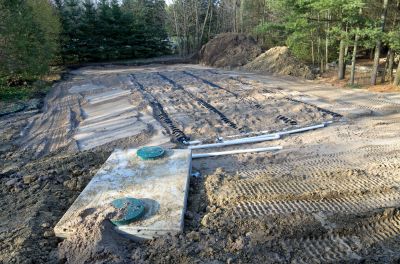
An overview of excavation and replacement procedures.
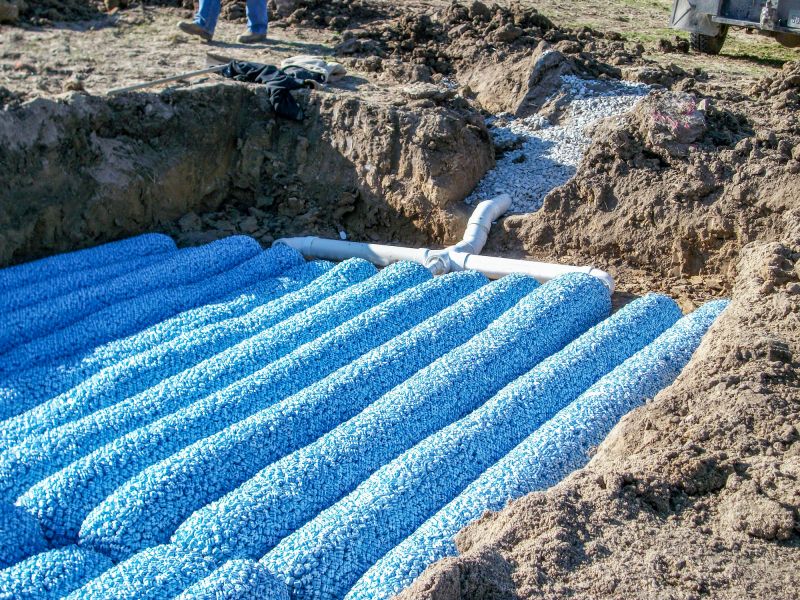
Assessing soil moisture and composition before repair work.
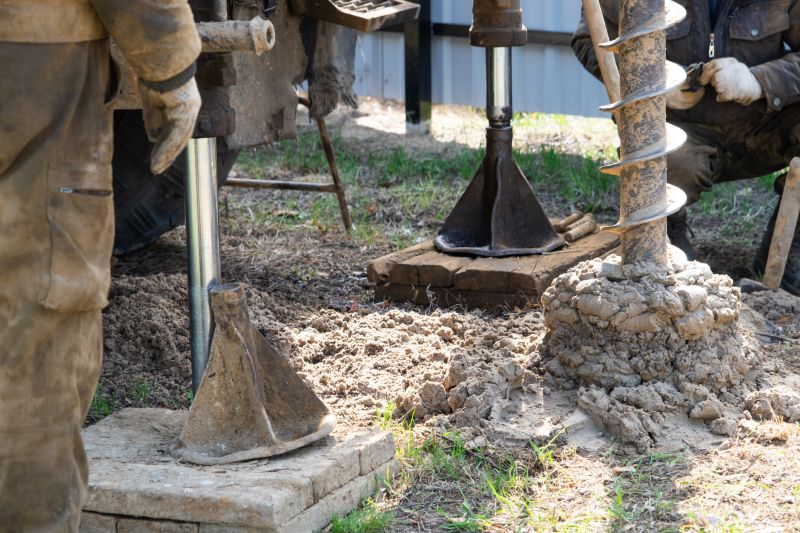
Heavy machinery facilitating excavation and installation.
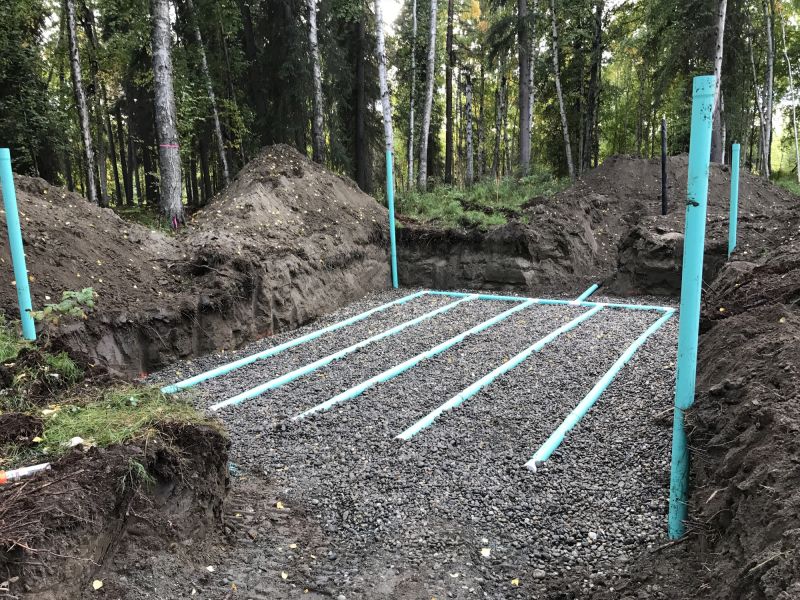
Ways to make Septic Field Repairs work in tight or awkward layouts.
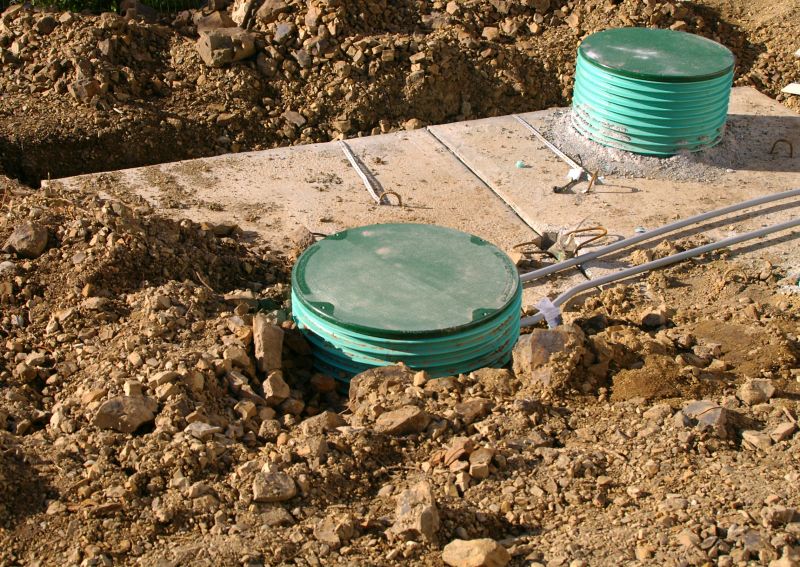
Popular materials for Septic Field Repairs and why they hold up over time.
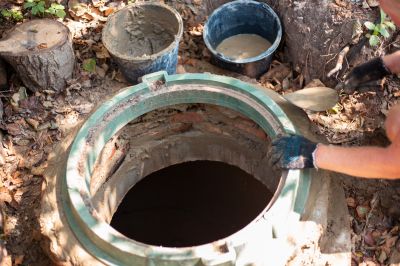
Simple add-ons that improve Septic Field Repairs without blowing the budget.
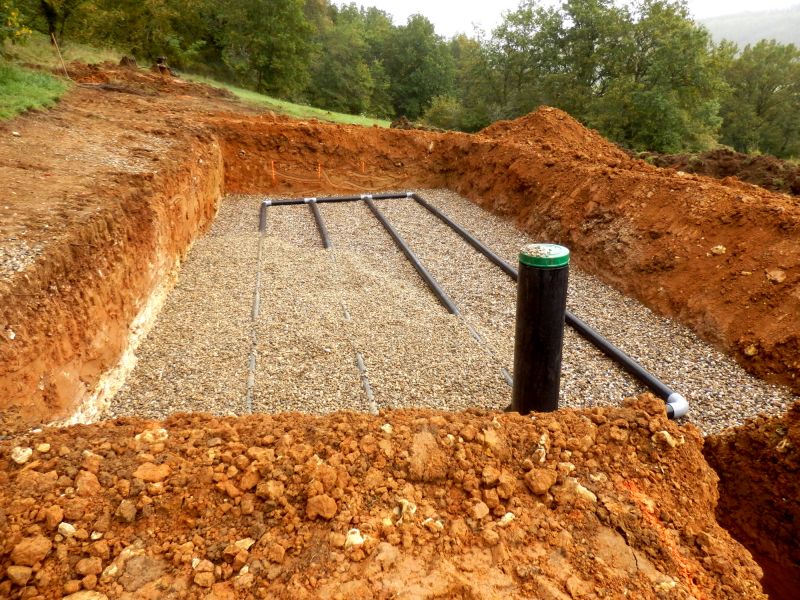
High-end options that actually feel worth it for Septic Field Repairs.
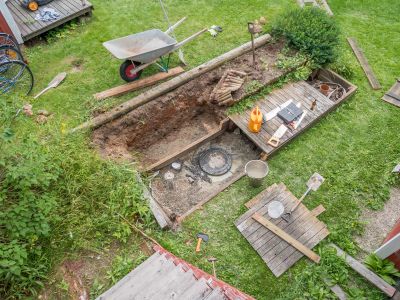
Finishes and colors that play nicely with Septic Field Repairs.
Septic field repairs involve replacing or restoring damaged drainage systems that are vital for wastewater treatment on a property. Proper timing ensures minimal disruption and enhances the longevity of the repair. Factors such as soil moisture, weather conditions, and property activity levels influence the optimal window for performing these repairs.

Visual assessment to identify damage or failure points.
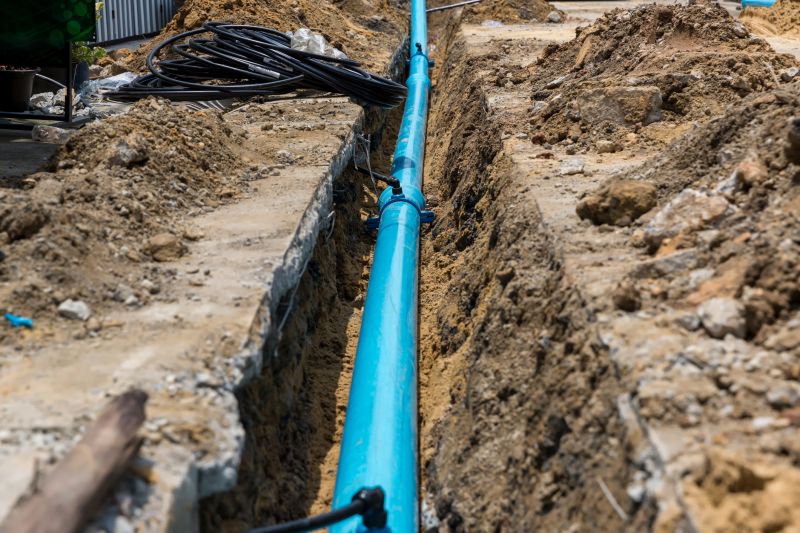
Removing damaged components to prepare for replacement.

Completed installation ready for testing and use.
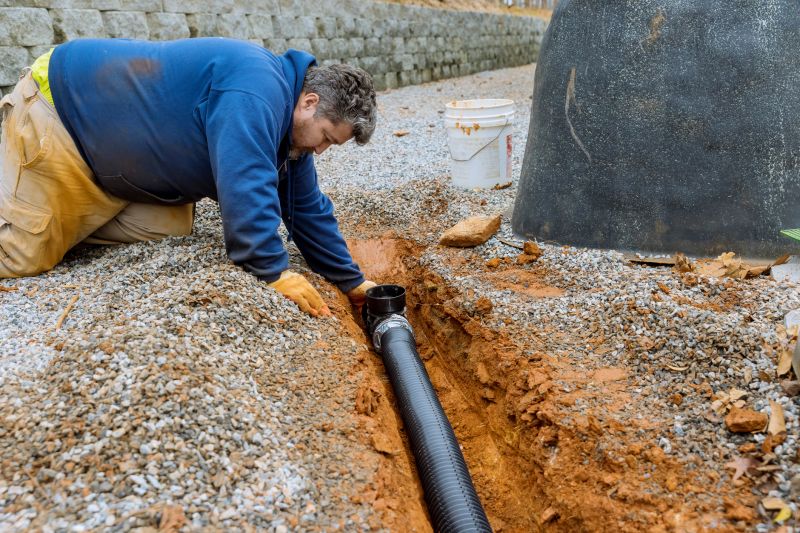
Ensuring proper soil conditions before final backfill.
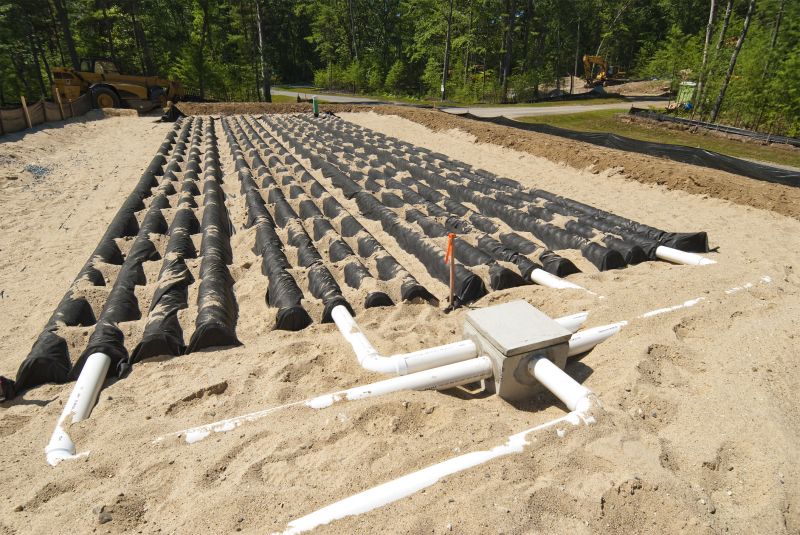
Little measurements that prevent headaches on Septic Field Repairs day.
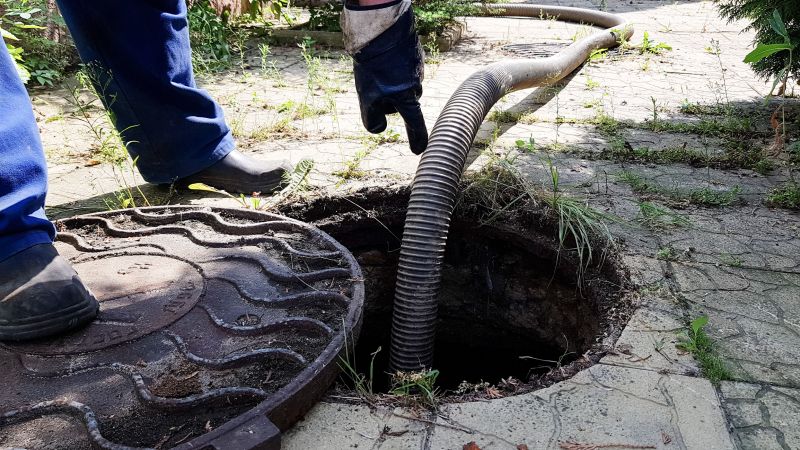
A 60-second routine that keeps Septic Field Repairs looking new.
| Aspect | Details |
|---|---|
| Best Seasons | Spring and fall |
| Weather Conditions | Dry, mild days preferred |
| Soil Moisture | Moderate levels ideal |
| Property Use | Low activity periods recommended |
| Soil Type | Loamy or sandy soils facilitate easier repairs |
| Temperature Range | Between 50°F and 75°F |
| Preparation Time | Allow sufficient time for soil to settle |
| Potential Delays | Heavy rain or freezing temperatures |
Choosing the right time for septic field repairs can improve the success rate and reduce costs. Proper planning based on seasonal and weather conditions helps ensure the durability of the repair work. Consulting with a professional can provide tailored advice based on local climate and soil characteristics.

Assessing damage before repair work begins.

Tools used for digging and removing old components.

Proper placement of new drain lines.
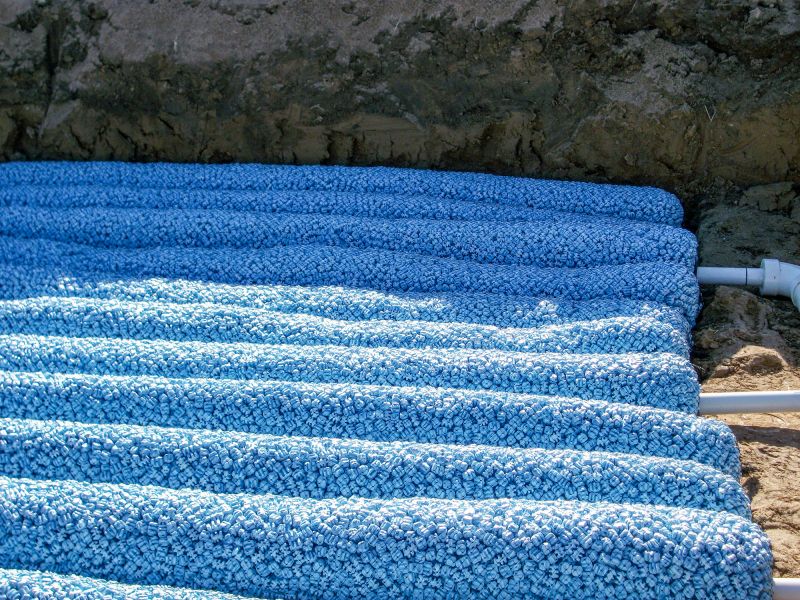
System ready for testing and operational use.
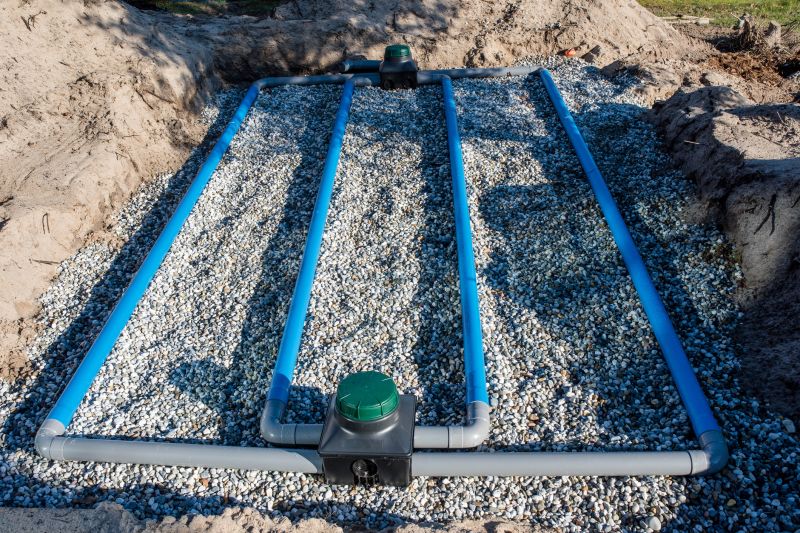
A frequent mistake in Septic Field Repairs and how to dodge it.
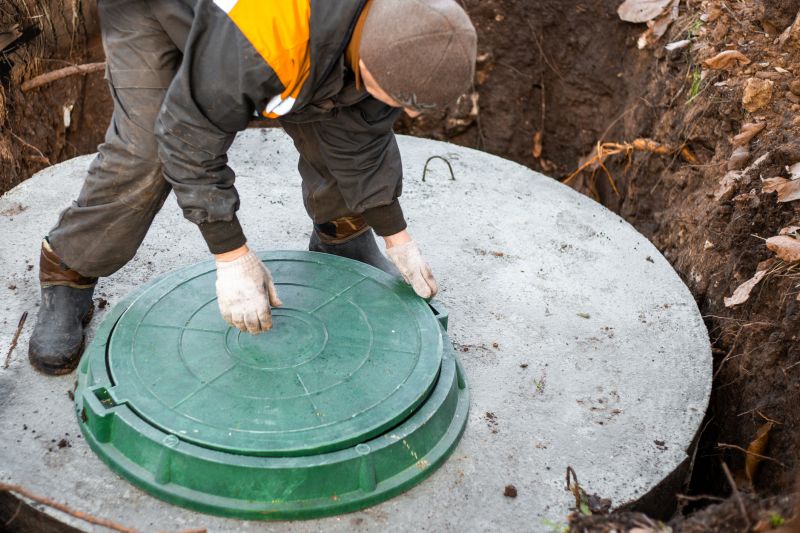
Small tweaks to make Septic Field Repairs safer and easier to use.
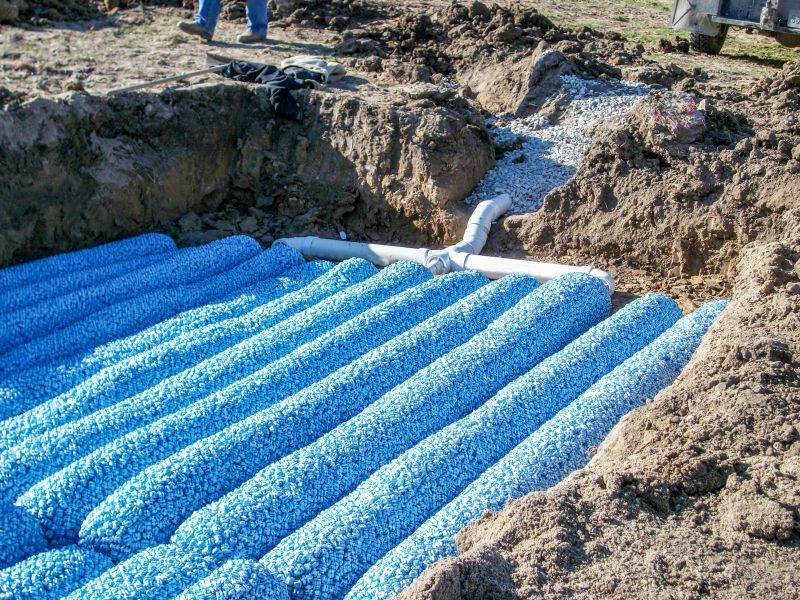
Lower-waste or water-saving choices for Septic Field Repairs.
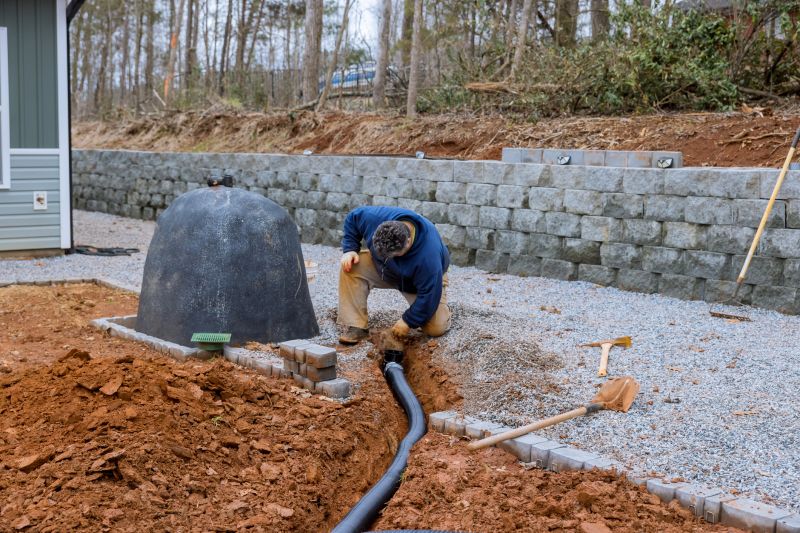
The short, realistic tool list for quality Septic Field Repairs.
Interested in septic field repairs? Filling out the contact form provides an opportunity to discuss scheduling and specific property needs. Proper timing and professional assessment can help maintain effective wastewater management and prevent future issues.
